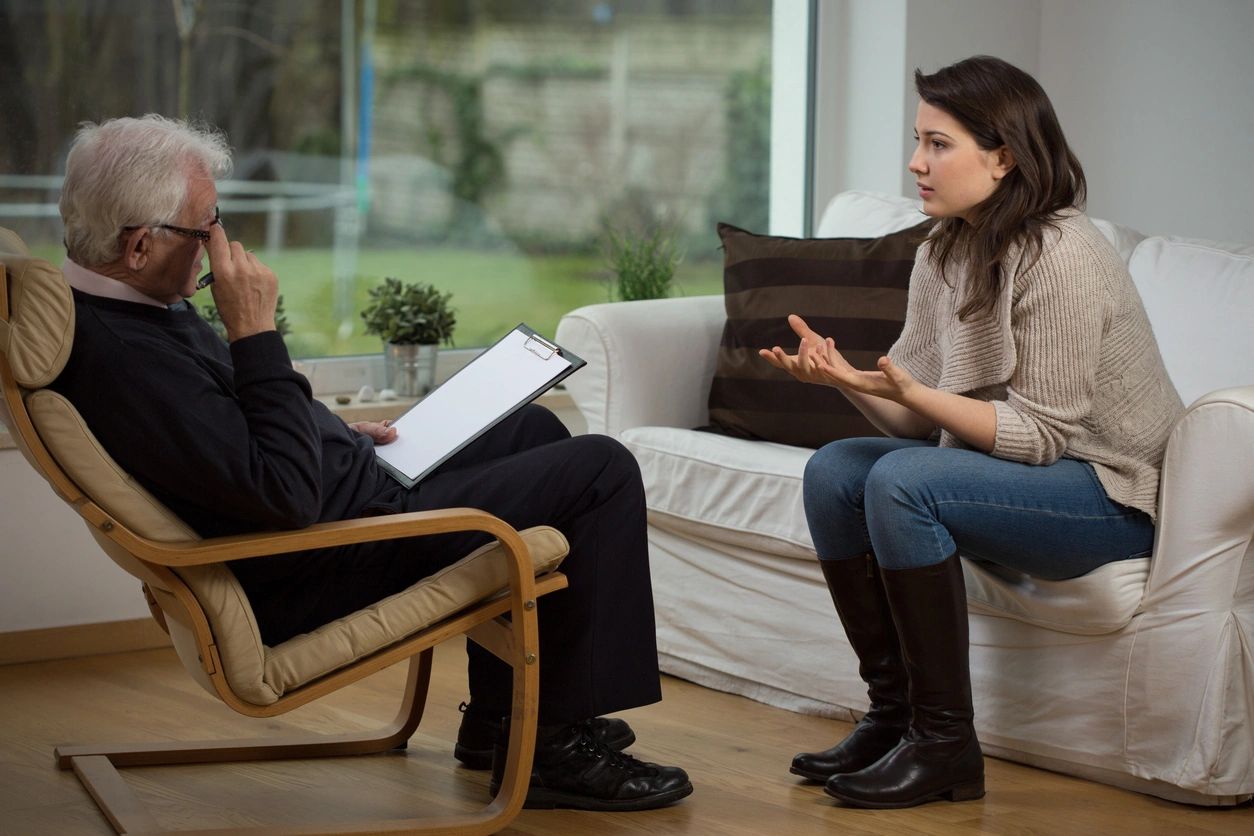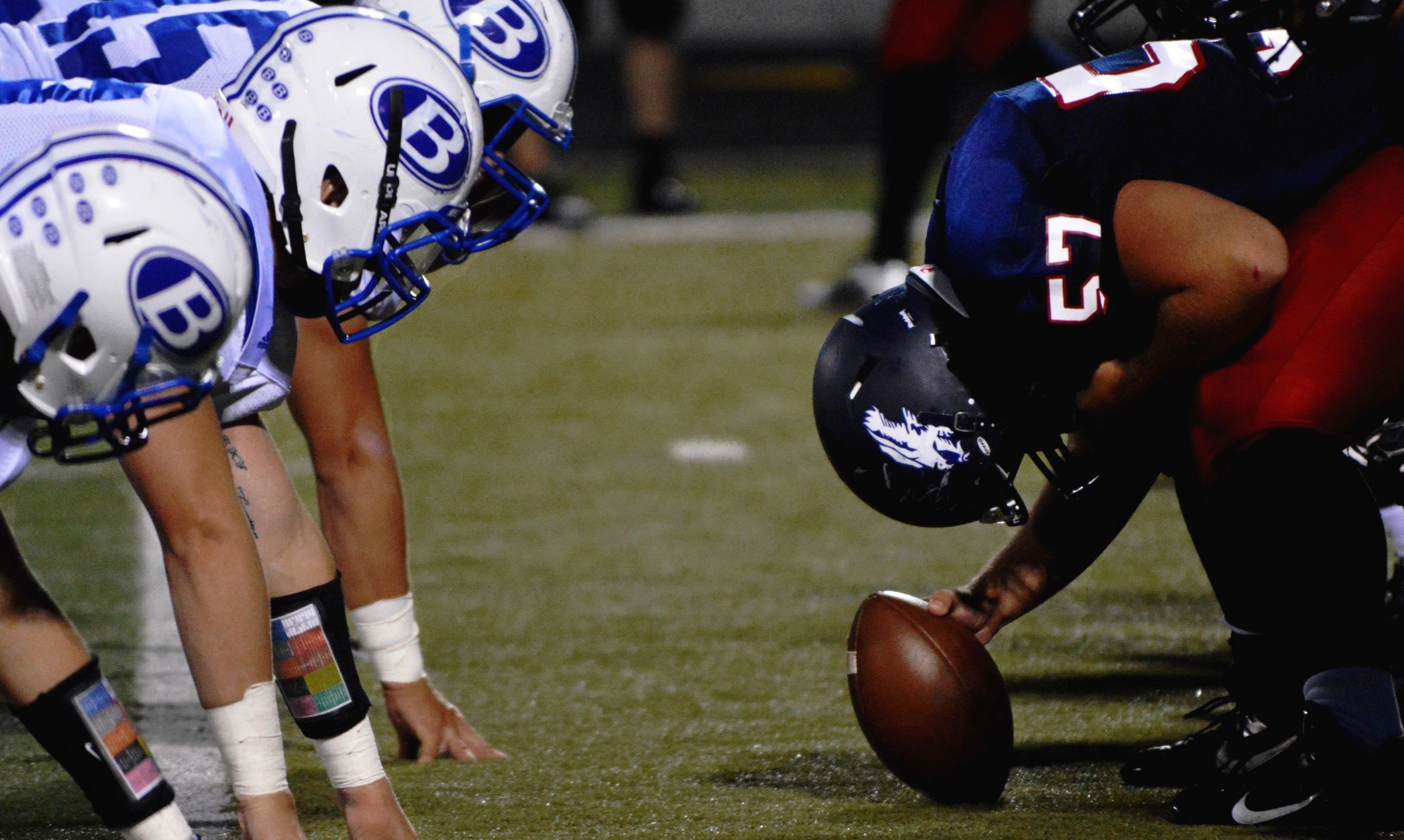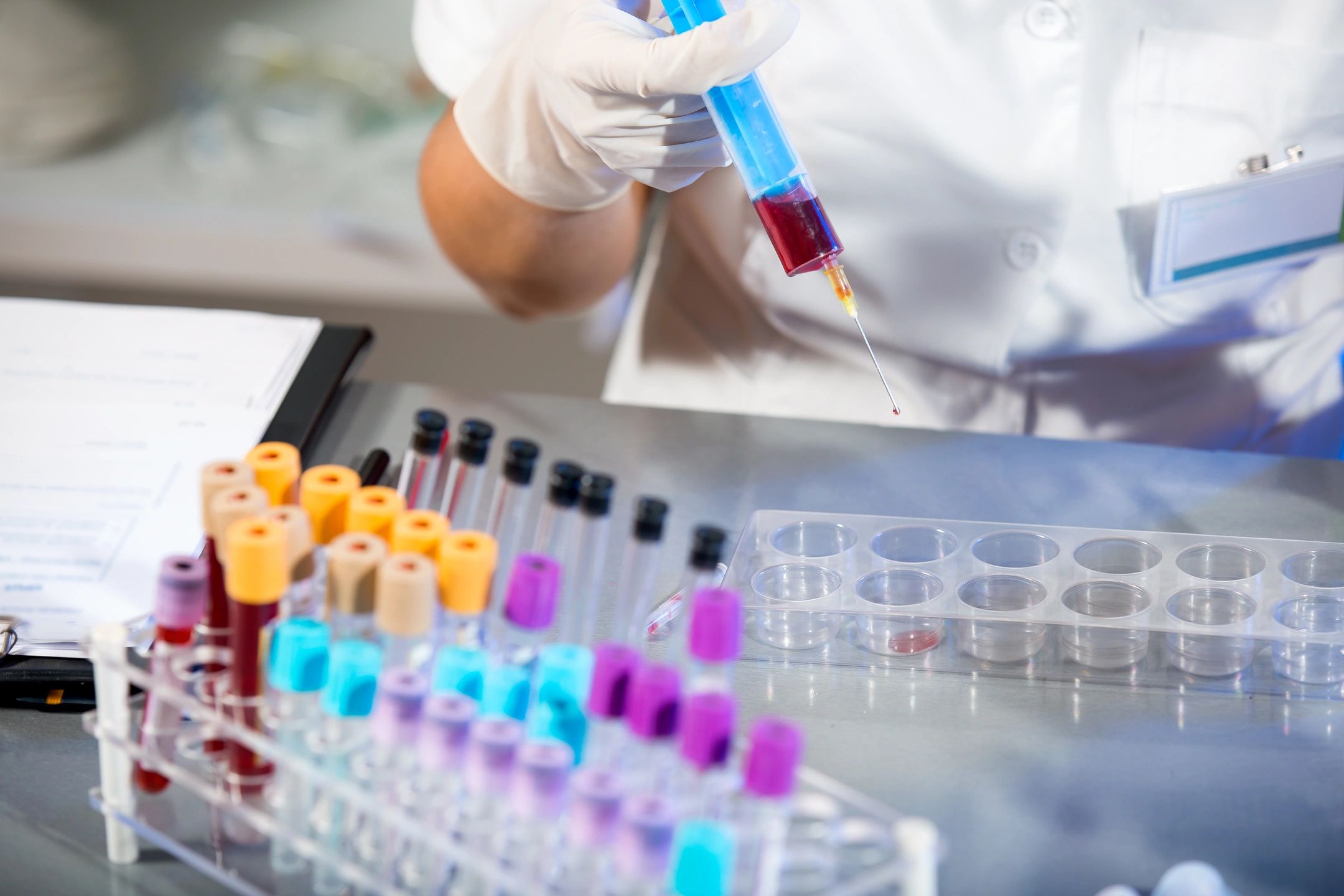#NPsychPick of the Month: Applying EMDR therapy with clients who have impaired cognitive abilities, EMDR Therapy Quarterly, Summer 2023
Neuro EMDR: Applying EMDR therapy with clients who have impaired cognitive abilities
Author: Dr Jonathan Hutchins Simon Proudlock
EMDR therapy has been shown to be highly effective and time efficient in addressing trauma memories in both adults and children. However, there are questions about how EMDR can be effective with adults who have experienced a brain injury or are experiencing other cognitive difficulties. This article summarises some of the recent research within the area and proposes adaptations to the standard protocol that can be made to make best use of EMDR therapy in this population.
Introduction
Within the UK in 2019-2020 there were 356,669 UK admissions to hospital with acquired brain injury (ABI), or any brain injury that has occurred after birth including traumatic brain injury (TBI), stroke or brain tumours, which is a 12% increase since 2005-2006 (Headway, 2023). In 2019, there were approximately 977 TBI admissions per day to UK hospitals, one every 90 seconds. The diagnostic criteria for TBI on the DSM V states that there must be an “impact to the head or other mechanisms of rapid movement or displacement of the brain within the skull with one or more of the following: loss of consciousness, posttraumatic amnesia, disorientation and confusion, neurological signs such as neuroimaging demonstrating injury or a worsening of a pre-existing seizure disorder” (American Psychiatric Association, 2013).






